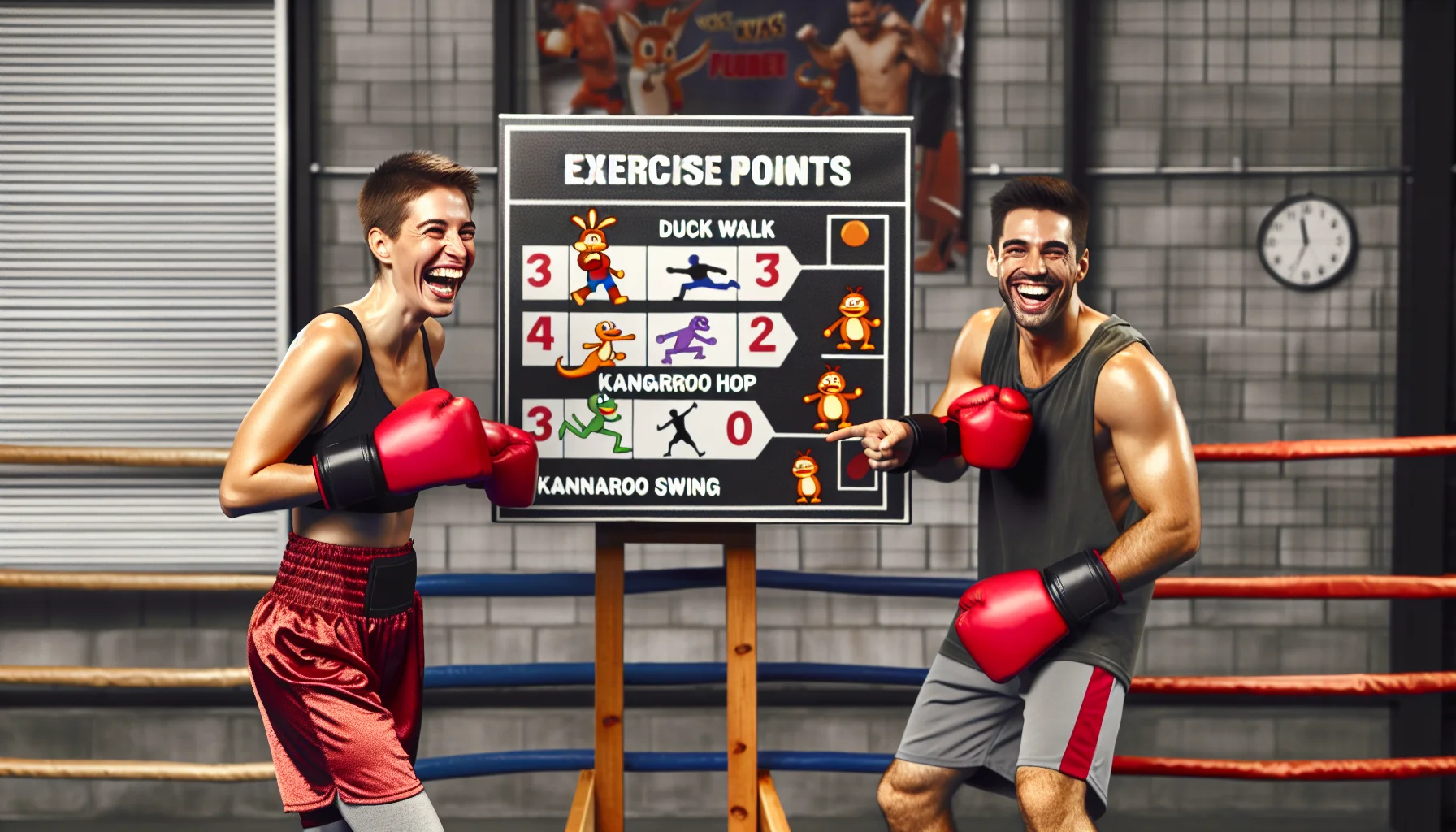Kickboxing vs mma Quiz
Test Your Knowledge
Question of
Kickboxing vs MMA: An Introduction
Kickboxing and Mixed Martial Arts (MMA) are two popular combat sports that have garnered a significant following worldwide. While both sports involve intense physical combat, there are fundamental differences between them. Kickboxing is a striking sport that focuses on punches, kicks, and knee strikes, but prohibits grappling techniques. It is practiced in a stand-up position, and fighters are not allowed to take the fight to the ground. In contrast, MMA is a comprehensive combat sport that incorporates techniques from various martial arts, including kickboxing, wrestling, Brazilian jiu-jitsu, and judo, among others. MMA allows both striking and grappling, both in standing positions and on the ground, offering a more diverse range of combat techniques. This blend of disciplines makes MMA a versatile and unpredictable sport, distinguishing it from the more specialized practice of kickboxing.
The History of Kickboxing
Kickboxing is a martial art that combines elements of boxing with kicks from karate and other fighting styles. Its origins can be traced back to the 1950s in Japan, where it developed as a hybrid martial art by incorporating the powerful kicks of karate with the punches of boxing. This new form of martial art quickly gained popularity and spread to other parts of the world. In the 1970s, kickboxing made its way to the United States, where it evolved further, incorporating elements from other martial arts such as Muay Thai, which added elbow and knee strikes to its arsenal. Over the years, kickboxing has grown into a popular sport and fitness activity, known for its effectiveness in improving strength, agility, and cardiovascular health. Its rich history and dynamic techniques continue to attract enthusiasts and practitioners globally.
The History of Mixed Martial Arts (MMA)
Mixed Martial Arts (MMA) is a full-contact combat sport that allows a wide variety of fighting techniques and skills from a mixture of other combat sports to be used in competition. The roots of modern MMA can be traced back to various mixed-style contests throughout Europe, Japan, and the Pacific Rim during the early 1900s. However, the true precursor to today's MMA events was the Vale Tudo tournaments in Brazil starting in the 1920s, and the Japanese shoot wrestling shows in the late 20th century. MMA gained international popularity in the 1990s with the advent of the Ultimate Fighting Championship (UFC), which broke pay-per-view records and helped to bring the sport into the mainstream. Since then, MMA has experienced exponential growth worldwide, evolving from its no-holds-barred beginnings to a highly regulated and respected sport.
Comparing Techniques: Kickboxing vs MMA
- Kickboxing is primarily a striking sport focusing on punches, kicks, knees, and elbows, while MMA incorporates both striking and grappling techniques.
- In kickboxing, fights are conducted in a ring, whereas MMA bouts can take place in a ring or a cage, often referred to as an Octagon.
- MMA allows for a wider range of techniques, including ground fighting, submissions, and wrestling, which are not permitted in kickboxing.
- The stance and guard in kickboxing are generally more upright to defend against strikes, while MMA fighters adopt various stances to be ready for both striking and takedowns.
- Kickboxing matches are typically shorter, focusing on stand-up combat, whereas MMA fights can be longer, with strategies to wear down the opponent through ground-and-pound and submission attempts.
- While kickboxing has a clear emphasis on striking power and combinations, MMA requires a more diverse skill set, including striking, grappling, and submission defense.
Physical and Mental Benefits
| Benefits | Kickboxing | MMA (Mixed Martial Arts) |
|---|---|---|
| Physical Strength | Improves upper body strength and toning | Enhances full-body strength and muscle conditioning |
| Cardiovascular Health | Significant cardio workout, improving heart health | Intense cardiovascular conditioning |
| Flexibility | Increases flexibility, especially in the legs and hips | Improves overall flexibility and agility |
| Stress Relief | Effective for stress reduction and improving mood | Great for stress relief, offers emotional balance |
| Self-Defense Skills | Teaches striking techniques useful in self-defense | Covers a broader range of self-defense techniques, including grappling |
| Coordination | Enhances hand-eye coordination and balance | Improves coordination and body awareness |
| Mental Focus | Requires concentration and focus, improving mental clarity | Demands high levels of focus, discipline, and strategic thinking |
| Confidence | Builds confidence through mastery of techniques | Increases self-confidence from overcoming challenges and learning diverse skills |
Choosing the Right Discipline for You
Deciding between kickboxing and MMA as a fitness regimen depends largely on your personal fitness goals and interests. If your goal is to enhance your cardiovascular health, improve flexibility, and learn striking techniques, kickboxing might be the right choice for you. It's a high-energy workout that focuses on punches, kicks, and footwork, making it excellent for those looking to improve their stand-up fighting skills and overall fitness. On the other hand, if you're interested in a more comprehensive combat sport that includes both striking and grappling techniques, MMA could be a better fit. MMA incorporates techniques from various martial arts, offering a well-rounded approach to self-defense and physical conditioning. It's ideal for individuals who want to challenge themselves mentally and physically, learning how to defend against a wide range of attacks. Ultimately, the best discipline is one that aligns with your personal interests, fitness level, and goals. Try attending introductory classes in both disciplines to get a feel for each and make an informed decision based on your experience.












